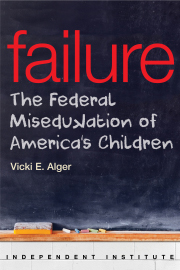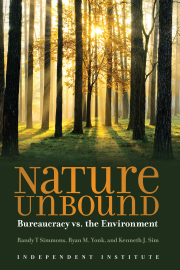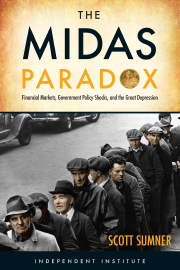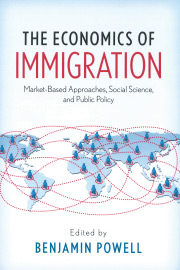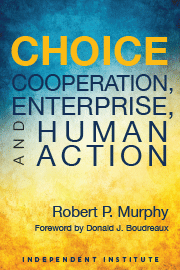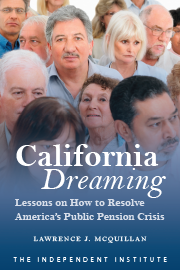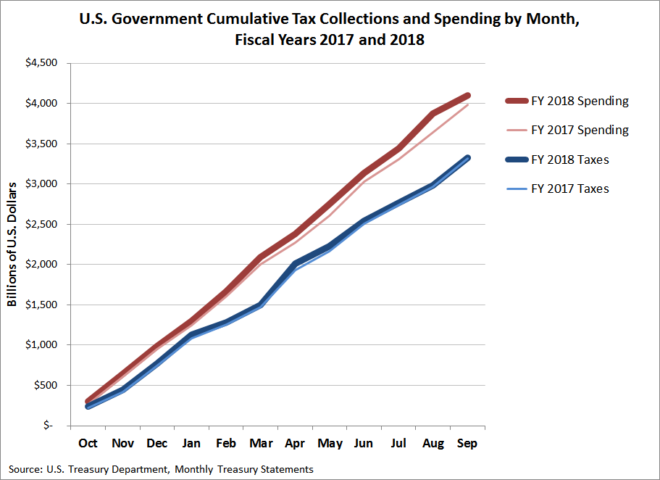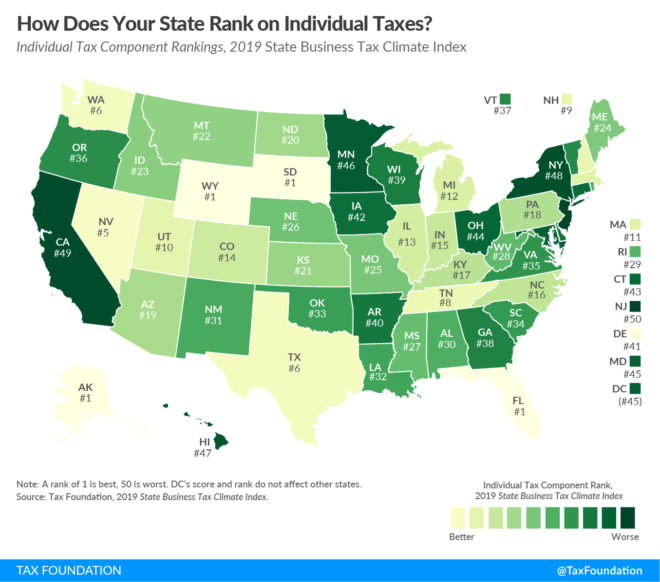A group of Asian-Americans is suing Harvard with backing from the U.S. Department of Justice, which filed papers stating: “The record evidence demonstrates that Harvard’s race-based admissions process significantly disadvantages Asian-American applicants compared to applicants of other racial groups — including both white applicants and applicants from other racial minority groups.” This is a rare case where California policy could provide positive guidance.
The back story here is the dogma that all institutions must precisely reflect the racial or ethnic diversity of the wider population. If they do not, the reason must be deliberate discrimination and the only remedy is government action, namely, racial and ethnic preferences. This dogma ignores personal differences, effort, and choice and proclaims some groups “overrepresented.” On this basis, the University of California discriminated against Asians, a group that had suffered decades of official discrimination in California.
Enter the California Civil Rights Initiative, Proposition 209 on the November 1996 ballot: “The state shall not discriminate against, or grant preferential treatment to, any individual or group on the basis of race, sex, color, ethnicity, or national origin in the operation of public employment, public education, or public contracting.” Administrators and politicians attacked it in apocalyptic terms, but California voters approved it 54 to 46 percent. The disaster the preference forces predicted never came about.
As Thomas Sowell noted in Intellectuals and Race, declines in minority enrollment at UCLA and Berkeley have been offset by increases at other UC campuses. More important, the number of African-American and Hispanic students graduating from the UC system has gone up, including a 55 percent increase in those graduating in four years with a GPA of 3.5 or higher.
Proposition 209 did not mean the end of “affirmative action.” Universities could still help disadvantaged students on an economic basis, but they could not discriminate on the basis of race and ethnicity, as Asian students claim Harvard is doing. UC Davis Medical School likewise discriminated against Allan Bakke by rejecting him in favor of lesser-qualified minority candidates. In 1978, the U.S. Supreme Court ruled 5-4 in Bakke’s favor.
***
K. Lloyd Billingsley is a Policy Fellow at the Independent Institute and a columnist at The Daily Caller.















